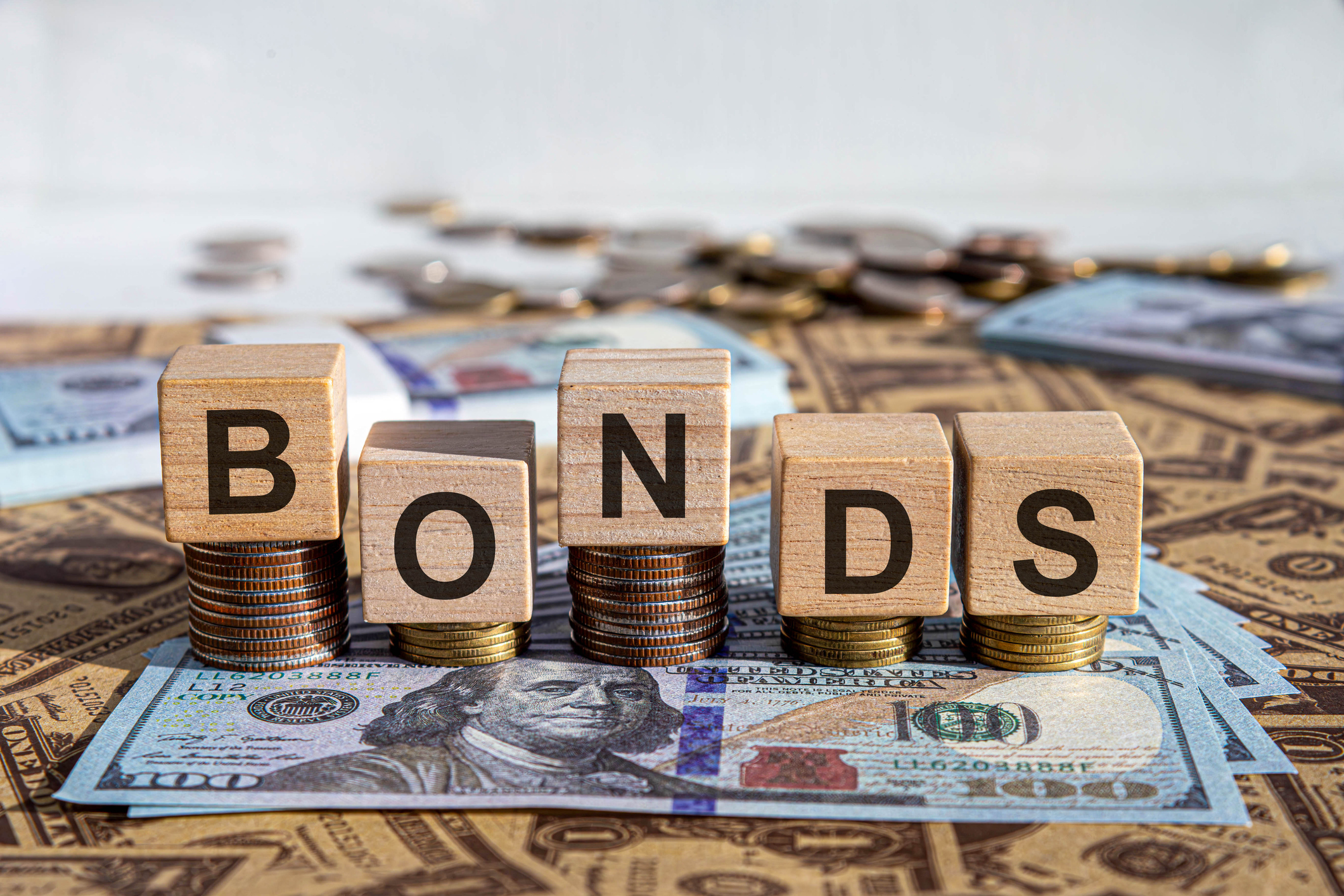Investing Insights From a Top Fund Manager
Morningstar's 2009 manager of the year, Bruce Berkowitz, says that his best investments have been those shunned by the crowd.
Bruce Berkowitz, founder of Fairholme Fund (symbol FAIRX), was without question one of the most talented value investors to burst on the scene during the Noughties. In the ten years through February 16, Fairholme, a member of the Kiplinger 25, returned an annualized 14%. That was an average of 15 percentage points per year better than the sad performance of Standard & Poor’s 500-stock index. No wonder Morningstar recently named Berkowitz its domestic stock manager of the decade and manager of the year for 2009.
Here’s something else to chew over. In our conversations with Berkowitz, who co-manages Fairholme with Charles Fernandez, we are struck by how often he references his investing idols: Berkshire Hathaway’s Warren Buffett, and Ian Cumming and Joseph Steinberg, the talented but low-profile duo of Leucadia National Corp. (both stocks are major holdings of Fairholme). Over the past decade, shares of Berkshire (BRK-B) have returned 9% annualized and those of Leucadia (LUK), a New York City-based conglomerate, have gained 13% annualized. So Berkowitz has even outperformed his role models.
Here’s an edited version of a conversation we had recently with Berkowitz, who works in Miami.
From just $107.88 $24.99 for Kiplinger Personal Finance
Become a smarter, better informed investor. Subscribe from just $107.88 $24.99, plus get up to 4 Special Issues

Sign up for Kiplinger’s Free Newsletters
Profit and prosper with the best of expert advice on investing, taxes, retirement, personal finance and more - straight to your e-mail.
Profit and prosper with the best of expert advice - straight to your e-mail.
KIPLINGER: How have you evolved as an investor over ten years and what have you learned?
BERKOWITZ: When we started out, we focused more on company managers. But we learned that you can have a good manager who can’t fix a horrendous business. And if you pay too much for a stock, you’ll end up with a poor investment even if you have great managers running a great company in a great business. So we noticed situations where having a good manager in charge wasn’t enough.
We have focused more and more and more on cash. Investing is about comparing what you give to what you get over time. What you give is the purchase price of an investment. What you get are the dividends, distributions and sales price of a security. Underlying that progress in equities are the free cash flow a business throws off -- that is, cash flow from operations minus capital expenditures. When you see generation of significant cash flows, you likely have a good manager. So it’s all about understanding the free cash flows of the company.
What also changed is my realization that I always need to keep a fair amount of cash in the fund. This fund has averaged double-digit cash levels. When you’re 100% invested, you’re making a timing decision. In very difficult times when shareholders are desperate for money, they sell what they can sell. In that situation, if we’re fully invested, we’re forced to sell positions that I really want to buy, not sell. That’s not a place I want to be.
Cash becomes very valuable when no one has it. In investing, there are really two ways to go: to predict or to react to what happens. My prediction abilities are zero. So I go the other way: When what I don’t know happens, I make sure to be in a position with enough cash to take advantage of it. That’s a lesson learned during the first decade that we’ll take into the second decade.
What did you get right the first ten years?
Ignore the crowd. Stock prices reflect popularity. Half of the investment equation is buying at a cheap price. We instinctively go to sectors under stress, from which most people are running away. We instinctively don’t like crowds or malls. Most people’s brains are wired to follow the crowd.
During our first decade, our best investments were those most shunned by the crowd. At the tail end of the tech bubble, we bought insurance stocks and stocks of companies involved in basic products and services. More recently we bought shares of Hertz (HTZ), which people thought was too leveraged and would go bust. And we invested in health-care companies when everyone thought the new administration would decimate them with its health-care reform plan.
I noticed a number of major changes in your most recently released portfolio, dated November 30. Why did you pare back on Pfizer (PFE), previously your largest position, and exit several of your defense stocks—namely, Boeing (BA), General Dynamics (GD) and Northrop Grumman (NOC)?
We went heavily into pharma and defense stocks as a defensive move a couple of years ago when we saw the economic headwinds developing. With Pfizer, one thing that wore on me a bit was the company’s constantly recurring non-recurring expenses. Also, because of its offshore facilities, Pfizer was paying income taxes at rates below the rates laid out in the statutes. We made money on Pfizer, but I came to the conclusion we could do better elsewhere.
How about defense?
Defense companies will do fine. But what I learned is that there’s an unrealistic expectation that the government will always fill in the underfunded liabilities in their pension funds. When you do a lot of defense work, the government becomes responsible for workers over time. The companies expect that if there’s a hole in liabilities, the government will make it up in the form of allowing contractors to charge higher prices. That doesn’t sit well with me.
Another issue is that it’s becoming less clear who owns these companies. They -- the company, the executives, the board -- are woven into the fabric of the country and the Defense Department. If government officials need something from the companies, they ask for it. The companies are almost like quasi-government entities. On top of that, research and development is often top secret, which makes it more difficult to analyze the companies.
Let’s talk about some of your new investments. You’ve avoided financials for years, so I was surprised to see a large position in Citigroup (C) turn up in the portfolio. Let’s hear about it.
Citi looks like a diamond in the rough right now. The government has scrubbed it clean. It’s been under government scrutiny 24 hours a day. Regulators have picked over it. Citi raised a tremendous amount of capital and brought in some new management. Citi is not going back to its former greatness, but it is an international franchise, an American icon. At its current share price, there’s little to lose and reasonable upside potential.
You’ve added a lot of bonds to Fairholme Fund. Explain that.
Money doesn’t know how it’s made. If we can get equity-like returns in the senior debt structure of companies, with the added safety of being a creditor, then we owe it to our shareholders to do it. When we study companies, we study the entire capital structure of the company.
You’ve loaded up on loans, convertible bonds and stock of General Growth Properties (GGWPQ.PK), a real estate investment trust. It’s the second largest shopping mall owner and is in bankruptcy reorganization. What gives?
We went up and down the capital structure of GGP over the past year. We found senior debt yielding equity-like returns. We purchased large positions in the top part and lower part of its debt structure. Its bankruptcy was due to illiquidity in the markets and its inability to refinance. Bankruptcy gives you time to refinance and correct any possible problems. From the cleansing action of Chapter 11, GGP will raise new debt, and some of the old debt will become new equity. GGP will end up as a clean, well-balanced real estate giant.
Epilogue: On February 16, Simon Property, the nation’s largest shopping mall owner, bid $10 billion to buy General Growth out of bankruptcy. General Growth’s stock price surged 28%, to $12.02, on the news. That’s a nice way to usher in Fairholme’s second decade.
Profit and prosper with the best of Kiplinger's advice on investing, taxes, retirement, personal finance and much more. Delivered daily. Enter your email in the box and click Sign Me Up.
Andrew Tanzer is an editorial consultant and investment writer. After working as a journalist for 25 years at magazines that included Forbes and Kiplinger’s Personal Finance, he served as a senior research analyst and investment writer at a leading New York-based financial advisor. Andrew currently writes for several large hedge and mutual funds, private wealth advisors, and a major bank. He earned a BA in East Asian Studies from Wesleyan University, an MS in Journalism from the Columbia Graduate School of Journalism, and holds both CFA and CFP® designations.
-
 Changes Are Coming for This Invesco Bond Fund
Changes Are Coming for This Invesco Bond FundThe Invesco BulletShares 2026 Corporate Bond ETF's bonds will mature in 2026. Here's what investors should do.
-
 What Science Reveals About Money and a Happy Retirement
What Science Reveals About Money and a Happy RetirementWhether you’re still planning or already retired, these research-based insights point the way to your best post-work life.
-
 7 Retirement Planning Trends: What They Mean for You in 2026
7 Retirement Planning Trends: What They Mean for You in 2026From government shutdowns to market swings, the past 12 months have been nothing if not eventful. The key trends can help you improve your own financial plan.
-
 The 5 Best Actively Managed Fidelity Funds to Buy and Hold
The 5 Best Actively Managed Fidelity Funds to Buy and Holdmutual funds Sometimes it's best to leave the driving to the pros – and these actively managed Fidelity funds do just that, at low costs to boot.
-
 The 12 Best Bear Market ETFs to Buy Now
The 12 Best Bear Market ETFs to Buy NowETFs Investors who are fearful about the more uncertainty in the new year can find plenty of protection among these bear market ETFs.
-
 Don't Give Up on the Eurozone
Don't Give Up on the Eurozonemutual funds As Europe’s economy (and stock markets) wobble, Janus Henderson European Focus Fund (HFETX) keeps its footing with a focus on large Europe-based multinationals.
-
 Vanguard Global ESG Select Stock Profits from ESG Leaders
Vanguard Global ESG Select Stock Profits from ESG Leadersmutual funds Vanguard Global ESG Select Stock (VEIGX) favors firms with high standards for their businesses.
-
 Kip ETF 20: What's In, What's Out and Why
Kip ETF 20: What's In, What's Out and WhyKip ETF 20 The broad market has taken a major hit so far in 2022, sparking some tactical changes to Kiplinger's lineup of the best low-cost ETFs.
-
 ETFs Are Now Mainstream. Here's Why They're So Appealing.
ETFs Are Now Mainstream. Here's Why They're So Appealing.Investing for Income ETFs offer investors broad diversification to their portfolios and at low costs to boot.
-
 Do You Have Gun Stocks in Your Funds?
Do You Have Gun Stocks in Your Funds?ESG Investors looking to make changes amid gun violence can easily divest from gun stocks ... though it's trickier if they own them through funds.
-
 How to Choose a Mutual Fund
How to Choose a Mutual Fundmutual funds Investors wanting to build a portfolio will have no shortage of mutual funds at their disposal. And that's one of the biggest problems in choosing just one or two.